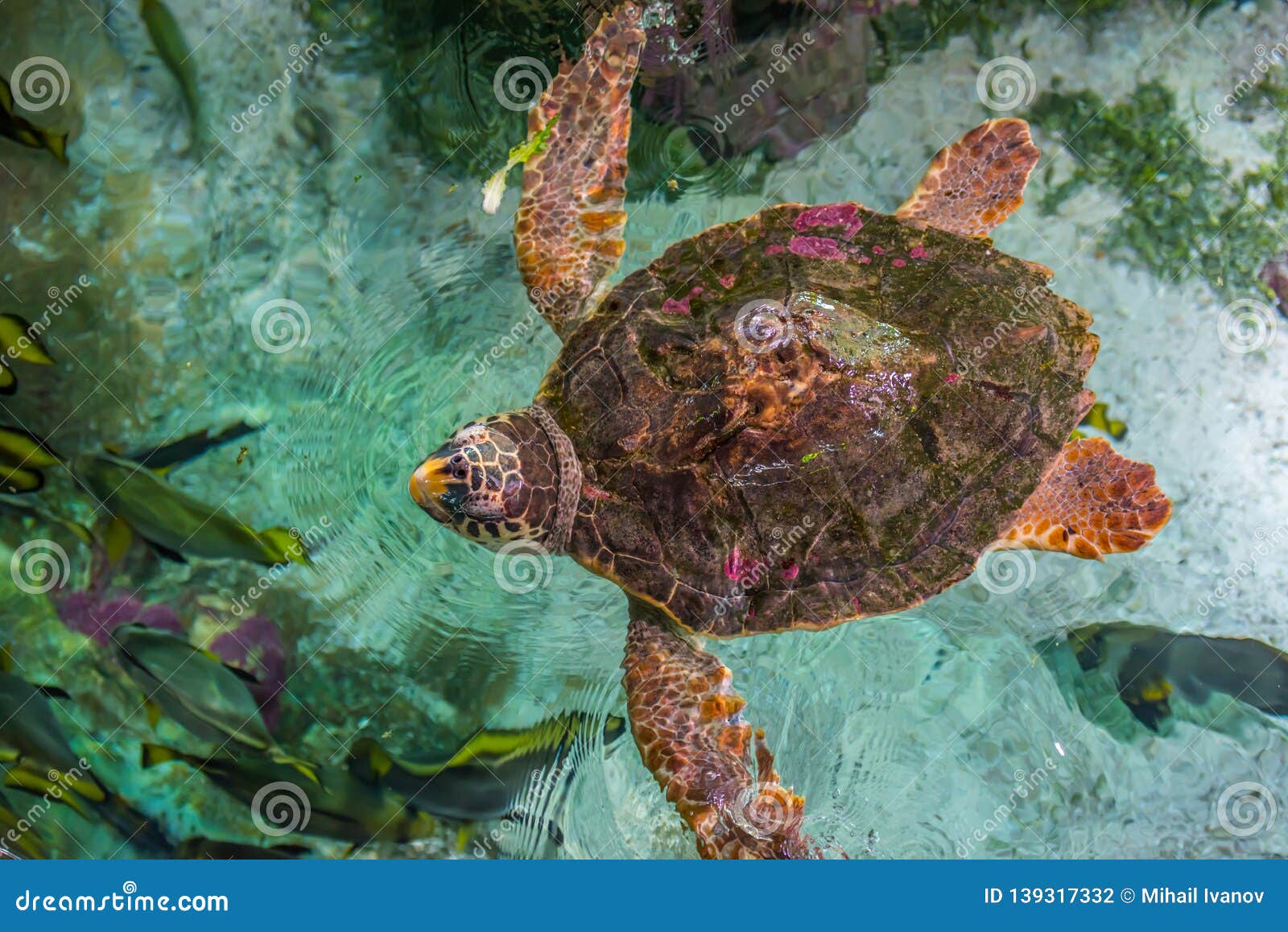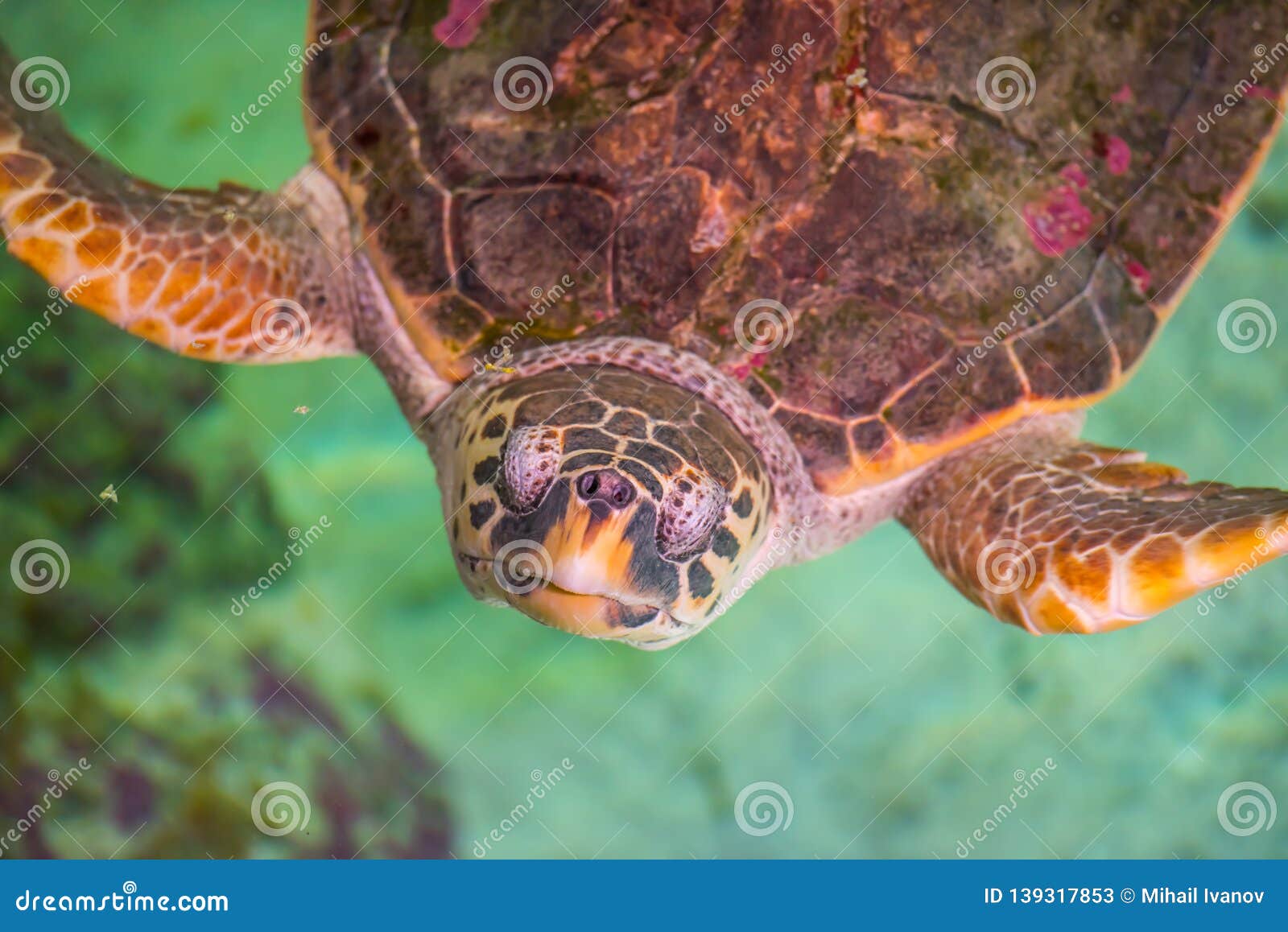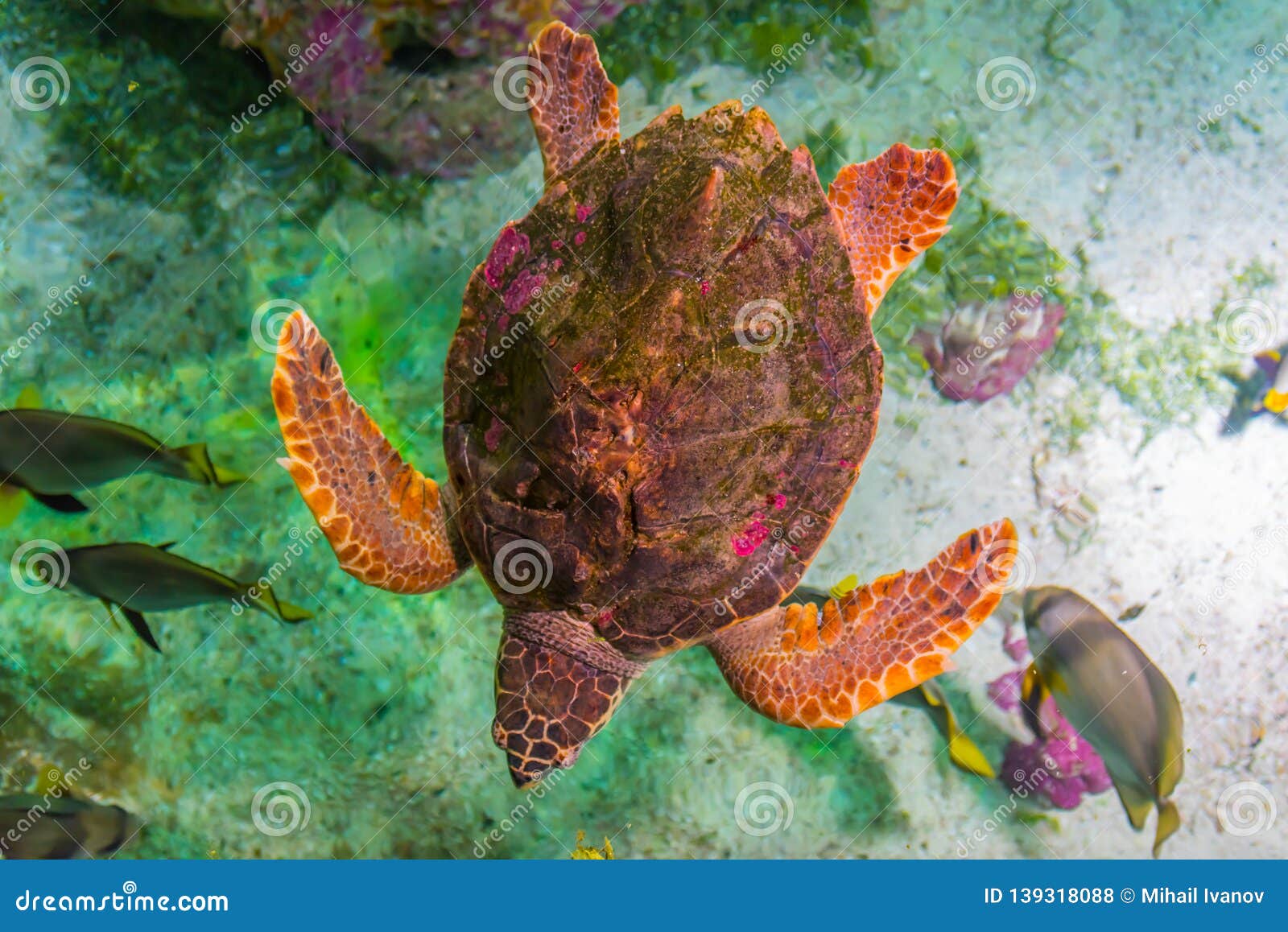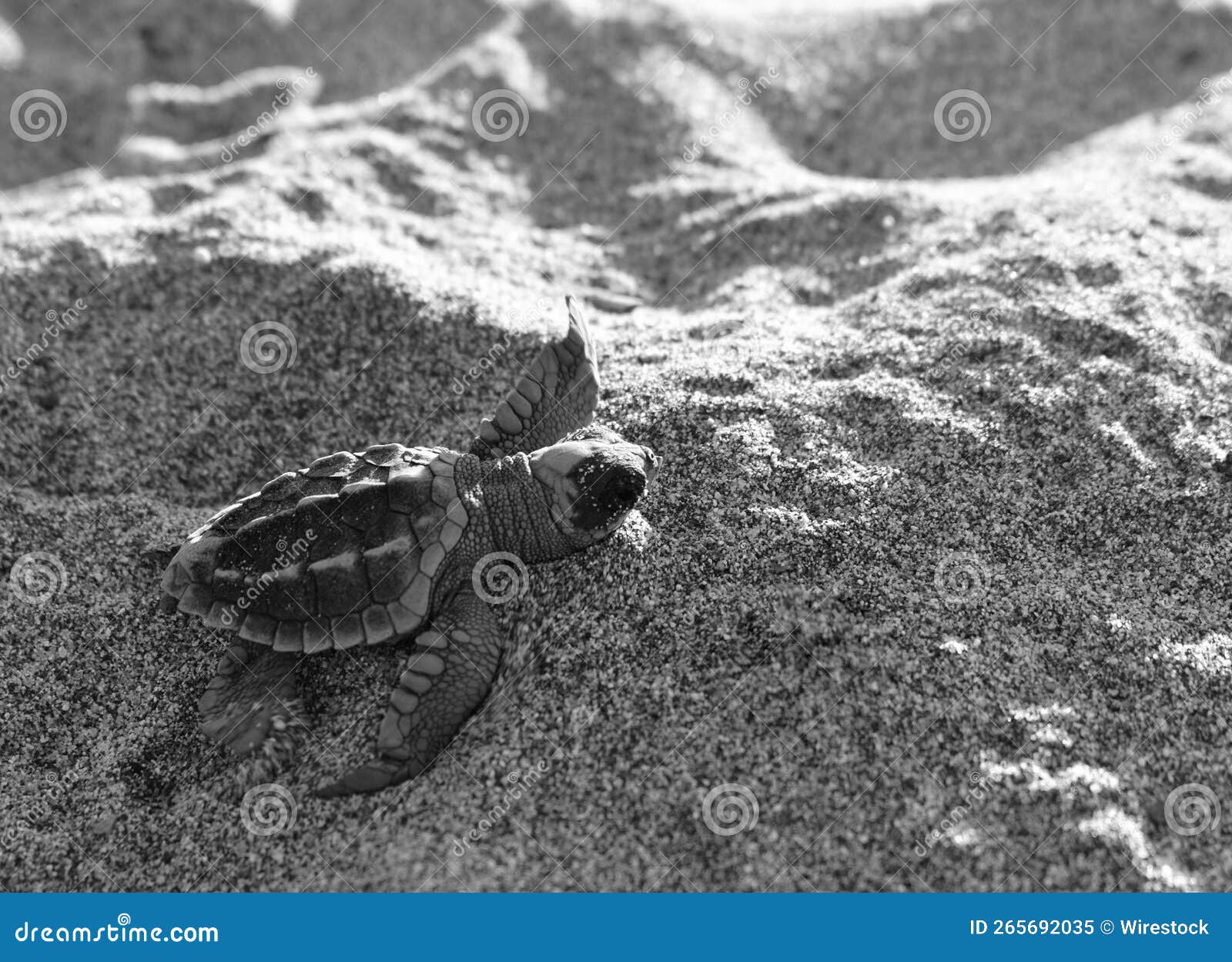
The Loggerhead Sea Turtle, Caretta Caretta Stock Photo - Image of - Source www.dreamstime.com
Editor's Notes: "Loggerhead Sea Turtle (Caretta Caretta): Characteristics and Conservation" has published today date". This topic is significant to read because it discusses about the characteristics of the Loggerhead Sea Turtle (Caretta caretta) and the efforts being made to conserve this species.
Through analysis and research, we put together this guide to help you understand the Loggerhead Sea Turtle (Caretta Caretta): Characteristics and Conservation.
| Characteristics | Conservation |
|---|---|
FAQ
This section presents answers to frequently asked questions about the Loggerhead Sea Turtle (Caretta caretta) and its conservation.

The Loggerhead Sea Turtle, Caretta Caretta Stock Image - Image of - Source www.dreamstime.com
Question 1: What are the distinctive characteristics of Loggerhead Sea Turtles?
Answer: Loggerhead Sea Turtles possess several distinguishing features. Their large, robust heads support powerful jaws, responsible for their name. The carapace, or upper shell, is reddish-brown, with symmetrical patterns of yellow or cream radiating from the center. Moreover, they have five pairs of lateral scutes, bony plates, along the sides of the carapace.
Question 2: Where do Loggerhead Sea Turtles primarily reside?
Answer: Loggerhead Sea Turtles have a wide distribution, inhabiting temperate and tropical regions of the Atlantic, Pacific, and Indian Oceans. They prefer coastal areas such as bays, estuaries, and continental shelves, seeking food and shelter in these habitats.
Question 3: What is the significance of Loggerhead Sea Turtles in marine ecosystems?
Answer: Loggerhead Sea Turtles play a crucial role as apex predators within marine ecosystems. Their diet includes a variety of prey, including jellyfish, crustaceans, and mollusks. By controlling prey populations, they help maintain the balance and health of marine environments.
Question 4: What are the primary threats faced by Loggerhead Sea Turtles?
Answer: Loggerhead Sea Turtles encounter numerous threats, including habitat loss, entanglement in fishing gear, plastic pollution, and climate change. Habitat degradation due to coastal development and pollution can disrupt nesting sites and foraging areas. Entanglement in fishing nets and lines can cause injury or death.
Question 5: How can we contribute to the conservation of Loggerhead Sea Turtles?
Answer: Supporting conservation efforts is essential for the survival of Loggerhead Sea Turtles. Reducing plastic waste, promoting sustainable fishing practices, and protecting nesting beaches can make a significant impact. Additionally, supporting research and education initiatives enhances our understanding and appreciation of these remarkable creatures.
Question 6: What is the current conservation status of Loggerhead Sea Turtles?
Answer: The conservation status of Loggerhead Sea Turtles varies depending on the region. Some populations are listed as endangered, while others are considered threatened or vulnerable. Conservation efforts aim to protect and recover populations, ensuring their long-term survival.
By understanding the unique characteristics and threats faced by Loggerhead Sea Turtles, we can contribute to their conservation and appreciate their vital role within marine ecosystems.
Tips
Take steps to protect and preserve loggerhead sea turtles. Their survival depends on collective efforts. Here are some guidelines to assist in their conservation:
1. Reduce Plastic Usage: Plastic debris in oceans is a significant threat. Avoid single-use plastics, recycle responsibly, and dispose of trash properly to minimize harm to turtles.
2. Limit Artificial Lighting: Artificial lights on beaches disrupt nesting and hatchling orientation. Use low-impact lighting options and shield lights to reduce disorientation.
3. Respect Nesting Areas: Give nesting turtles and hatchlings ample space. Keep a distance, avoid noise, and refrain from disturbing nests. Report any disturbances to authorities.
4. Support Conservation Organizations: Organizations dedicated to sea turtle conservation rely on support. Donate, volunteer, or spread awareness to contribute to their efforts.
5. Choose Sustainable Seafood: Opt for seafood certified by organizations like the Marine Stewardship Council to ensure it comes from sustainable sources that minimize bycatch.
By following these guidelines, individuals can make a meaningful impact on loggerhead sea turtle conservation. Their survival and well-being depend on responsible actions.
Learn more about Loggerhead Sea Turtle (Caretta Caretta): Characteristics And Conservation to further your understanding and support their preservation.
Loggerhead Sea Turtle (Caretta Caretta): Characteristics And Conservation
Loggerhead sea turtles (Caretta caretta) are vital components of marine ecosystems, facing conservation challenges. This text explores six key aspects of their characteristics and conservation efforts.
These aspects highlight the unique characteristics of loggerhead sea turtles and the conservation challenges they face. Their distinctive head facilitates feeding, while their reddish-brown carapace provides protection. Their oceanic habitat preferences and carnivorous diet contribute to their ecological roles. Conservation efforts focus on protecting nesting beaches, reducing pollution, mitigating climate change impacts, and regulating fishing practices to ensure the survival and recovery of these magnificent marine creatures.

The Loggerhead Sea Turtle, Caretta Caretta Stock Photo - Image of - Source www.dreamstime.com
Loggerhead Sea Turtle (Caretta Caretta): Characteristics And Conservation
The Loggerhead sea turtle (Caretta caretta) is a marine reptile that inhabits warm and temperate oceans worldwide. The species has a large, heavy head with a powerful jaw and a protective carapace that can measure up to 4 feet long. Loggerheads are long-lived animals, with some individuals reaching over 50 years of age.

Greyscale of a Loggerhead Sea Turtle, Caretta Caretta Laying on a Sandy - Source www.dreamstime.com
Loggerheads are carnivores and feed on a variety of marine animals, including jellyfish, crustaceans, and fish. They are also known to scavenge on dead animals. The species is threatened by a variety of human activities, including habitat loss, pollution, and entanglement in fishing gear. Conservation efforts are underway to protect the Loggerhead sea turtle and its habitat.
The Loggerhead sea turtle is an important part of the marine ecosystem. They play a role in controlling the populations of their prey and help to keep the ocean clean. The species is also a popular tourist attraction, and its conservation is important for the economic well-being of coastal communities.
Table: Connection between Loggerhead Sea Turtle (Caretta Caretta): Characteristics And Conservation
| Characteristic | Conservation Importance |
|---|---|
| Large size and heavy head | Provides protection from predators and allows for powerful feeding |
| Long lifespan | Allows for the accumulation of knowledge and experience, which is beneficial for the species' survival |
| Carnivorous diet | Helps to control the populations of prey species and maintain the balance of the marine ecosystem |
| Threatened by human activities | Conservation efforts are needed to protect the species and its habitat |
Conclusion
The Loggerhead sea turtle is a fascinating and important creature that plays a vital role in the marine ecosystem. The species is threatened by a variety of human activities, but conservation efforts are underway to protect it. By understanding the characteristics and conservation needs of the Loggerhead sea turtle, we can help to ensure its survival for future generations.
The Loggerhead sea turtle is a reminder of the interconnectedness of the natural world. The species is dependent on a healthy ocean for its survival, and we are dependent on a healthy ocean for our survival. By protecting the Loggerhead sea turtle, we are also protecting ourselves.